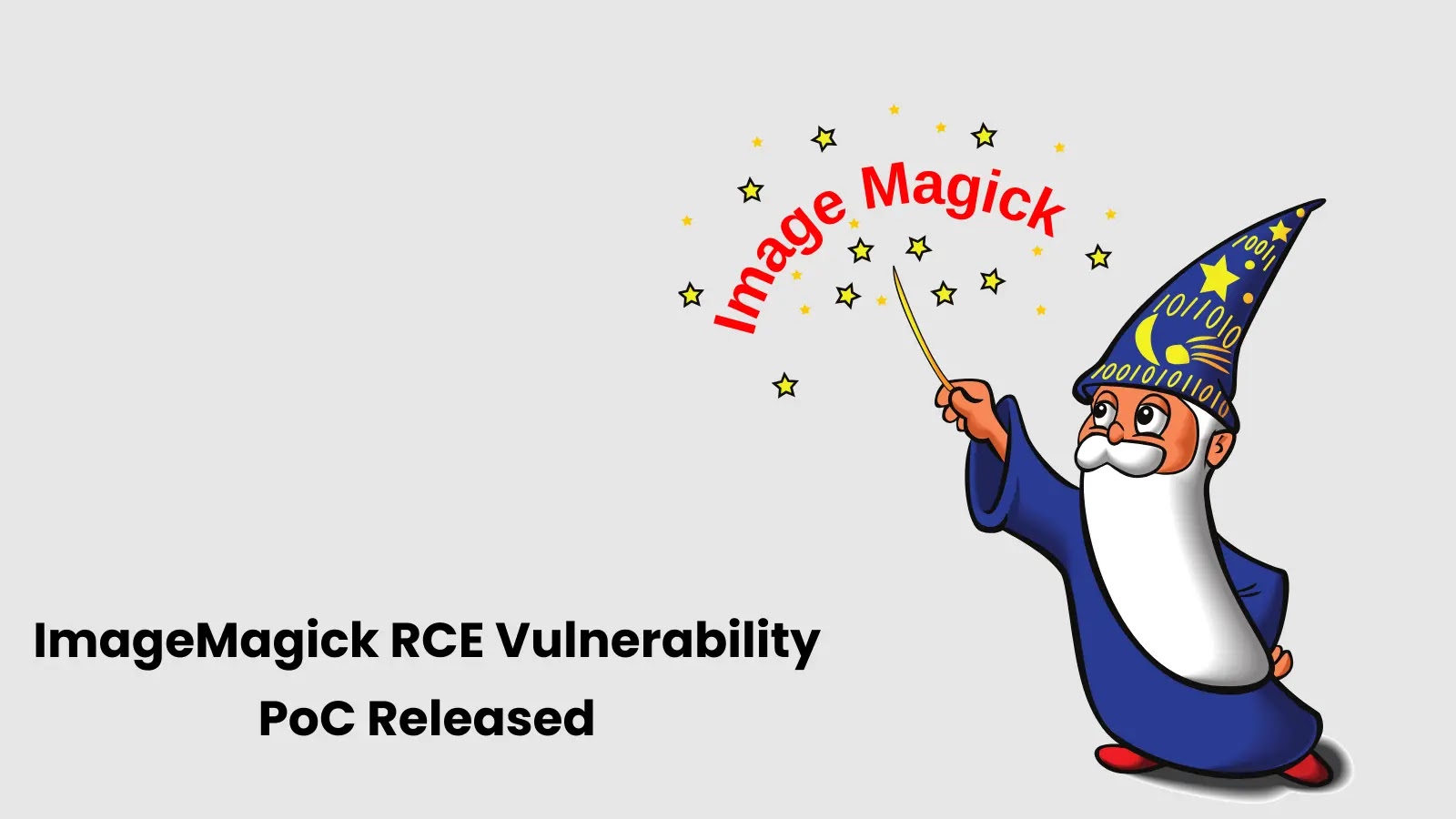
PoC Exploit Released for ImageMagick RCE Vulnerability – Update Now
Urgent Action Required: PoC Exploit Released for ImageMagick RCE Vulnerability
A critical new threat has emerged for organizations and developers leveraging the widely adopted ImageMagick library. A proof-of-concept (PoC) exploit has been publicly released for a remote code execution (RCE) vulnerability impacting ImageMagick 7. This vulnerability, specifically found within the MagickCore subsystem’s blob I/O (BlobStream) implementation, poses a significant risk, allowing attackers to execute arbitrary code on vulnerable systems. Immediate updates are paramount to mitigate potential exploitation.
Understanding the ImageMagick RCE Vulnerability
The vulnerability, identified as a heap out-of-bounds write, exists within ImageMagick 7. While a specific Common Vulnerabilities and Exposures (CVE) identifier has not been publicly assigned or referenced in the initial reports as of the latest information, it is critical to monitor official ImageMagick channels and CVE databases for updates. This type of vulnerability can lead to severe consequences, including:
- Arbitrary Code Execution: Attackers can run malicious code with the privileges of the ImageMagick process.
- Data Breach: Unauthorized access to sensitive information stored on the compromised system.
- System Compromise: Complete control over the affected server, leading to further network intrusions.
- Denial of Service: The vulnerability could be exploited to crash the application or system, disrupting operations.
The release of a PoC exploit signifies an elevated threat level. This substantially lowers the barrier for malicious actors to develop and deploy effective attacks, making timely patching even more crucial. ImageMagick is deeply embedded in numerous applications and services, from web servers processing user-uploaded images to content management systems and desktop applications. Its pervasive use means a wide range of systems could be at risk.
Impact of Blob I/O (BlobStream) Vulnerabilities
The vulnerability’s location within the blob I/O (BlobStream) implementation of ImageMagick’s MagickCore is particularly concerning. Blob I/O handles the processing of binary data directly within memory or from various input streams. A heap out-of-bounds write in this context means that during the processing of image data, the library can be tricked into writing beyond the allocated memory buffer. This can overwrite adjacent memory regions, leading to corrupted data, program crashes, or – critically – the alteration of program execution flow to jump to attacker-controlled code.
Remediation Actions: Update Immediately
The ImageMagick development team and security researchers universally urge all users to update their installations without delay. This is the most effective and recommended mitigation strategy to protect against this remote code execution vulnerability.
- Update ImageMagick: Upgrade to the latest stable version of ImageMagick 7. This specifically addresses the heap out-of-bounds write in the MagickCore subsystem. Always source updates from the official ImageMagick website or trusted package repositories.
- Monitor Official Channels: Keep a close eye on the official ImageMagick website, security advisories, and reputable cybersecurity news sources for updates, CVE assignments, and further guidance.
- Input Validation: Implement robust input validation for all image files processed by ImageMagick. While not a direct fix for the vulnerability, it can reduce the attack surface by rejecting malformed or suspicious files before they are processed.
- Principle of Least Privilege: Run ImageMagick processes with the lowest possible privileges necessary. This can limit the impact if an RCE exploit is successful.
- Network Segmentation and Firewalls: Isolate systems running ImageMagick where possible. Use firewalls to restrict inbound and outbound connections to only what is absolutely necessary.
- Regular Security Audits: Perform routine security assessments and vulnerability scans on systems using ImageMagick to detect potential exploitation attempts or other weaknesses.
Tools for Detection and Mitigation
While the primary remediation is updating ImageMagick, these tools can aid in detection, scanning, and overall security posture improvement:
| Tool Name | Purpose | Link |
|---|---|---|
| Tenable Nessus | Vulnerability Scanning & Management | https://www.tenable.com/products/nessus |
| OpenVAS | Open Source Vulnerability Scanner | http://www.openvas.org/ |
| ClamAV | Open Source Antivirus Engine (for recognizing known malicious file signatures) | https://www.clamav.net/ |
| OSSEC HIDS | Host Intrusion Detection System (for monitoring system integrity and anomalous behavior) | https://www.ossec.net/ |
| ModSecurity | Web Application Firewall (WAF) for HTTP traffic Inspection and protection | https://modsecurity.org/ |
Conclusion
The release of a PoC exploit for the ImageMagick RCE vulnerability underscores the critical need for proactive security measures. Given ImageMagick’s widespread use, the potential for broad impact is significant. Organizations and individuals must prioritize updating their ImageMagick installations to the latest version immediately to prevent exploitation of this serious flaw. Continuous vigilance, thorough system updates, and robust security practices are essential to defend against evolving cyber threats.





